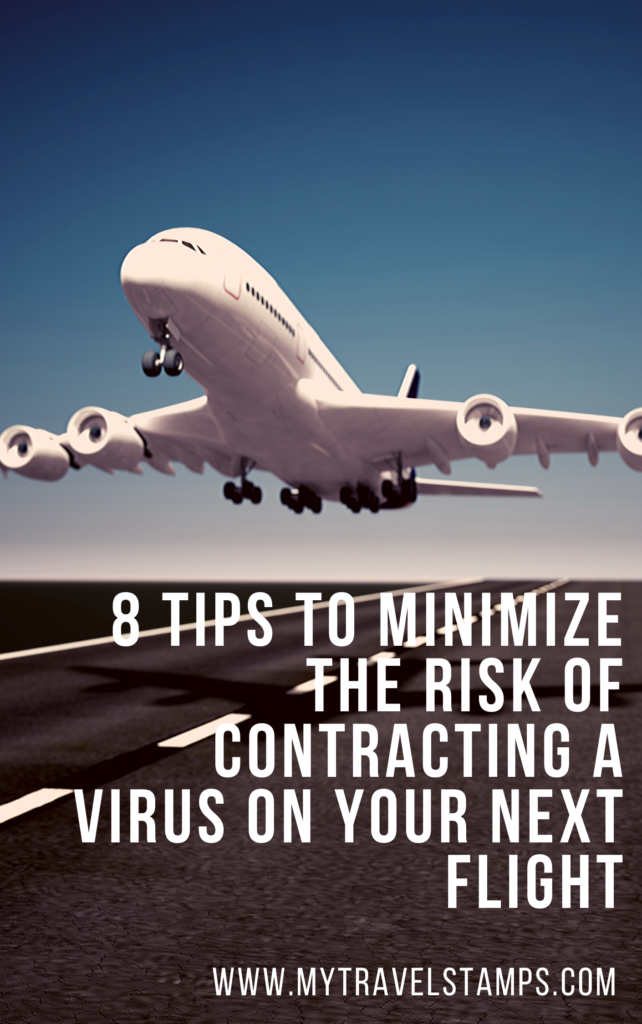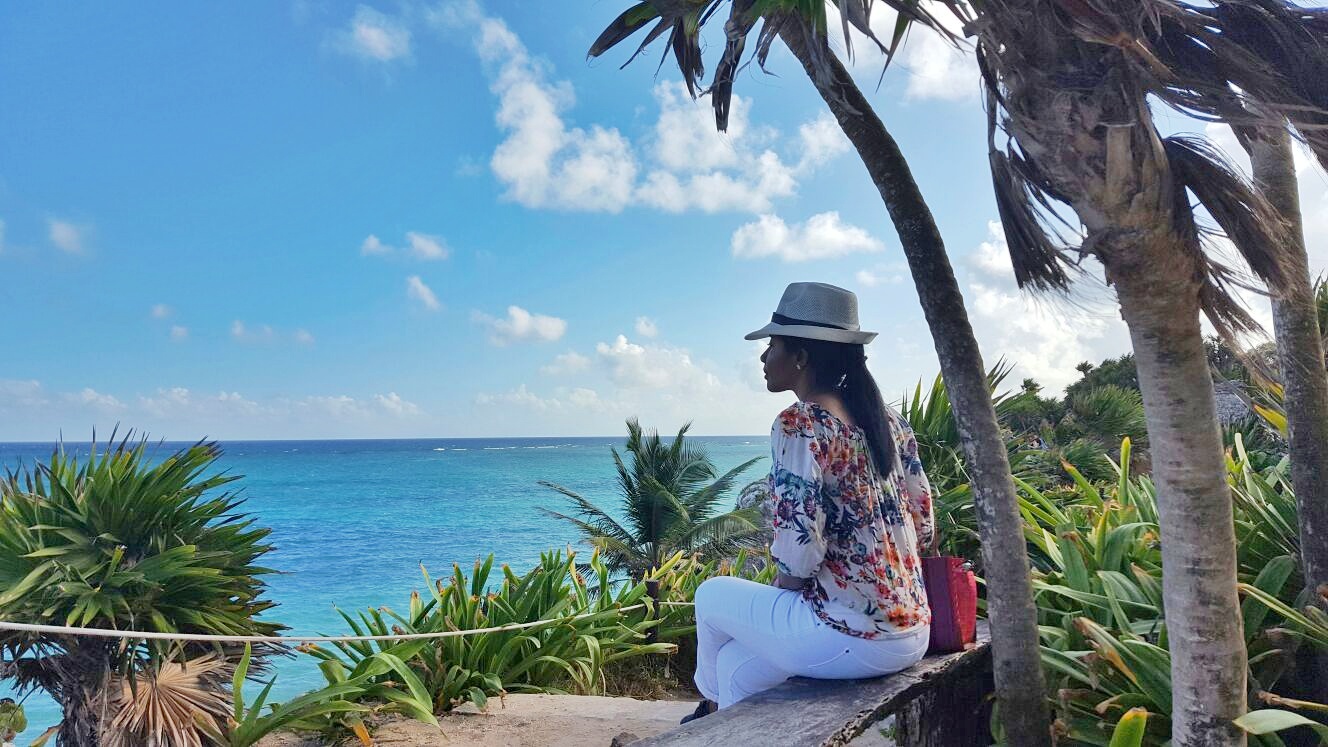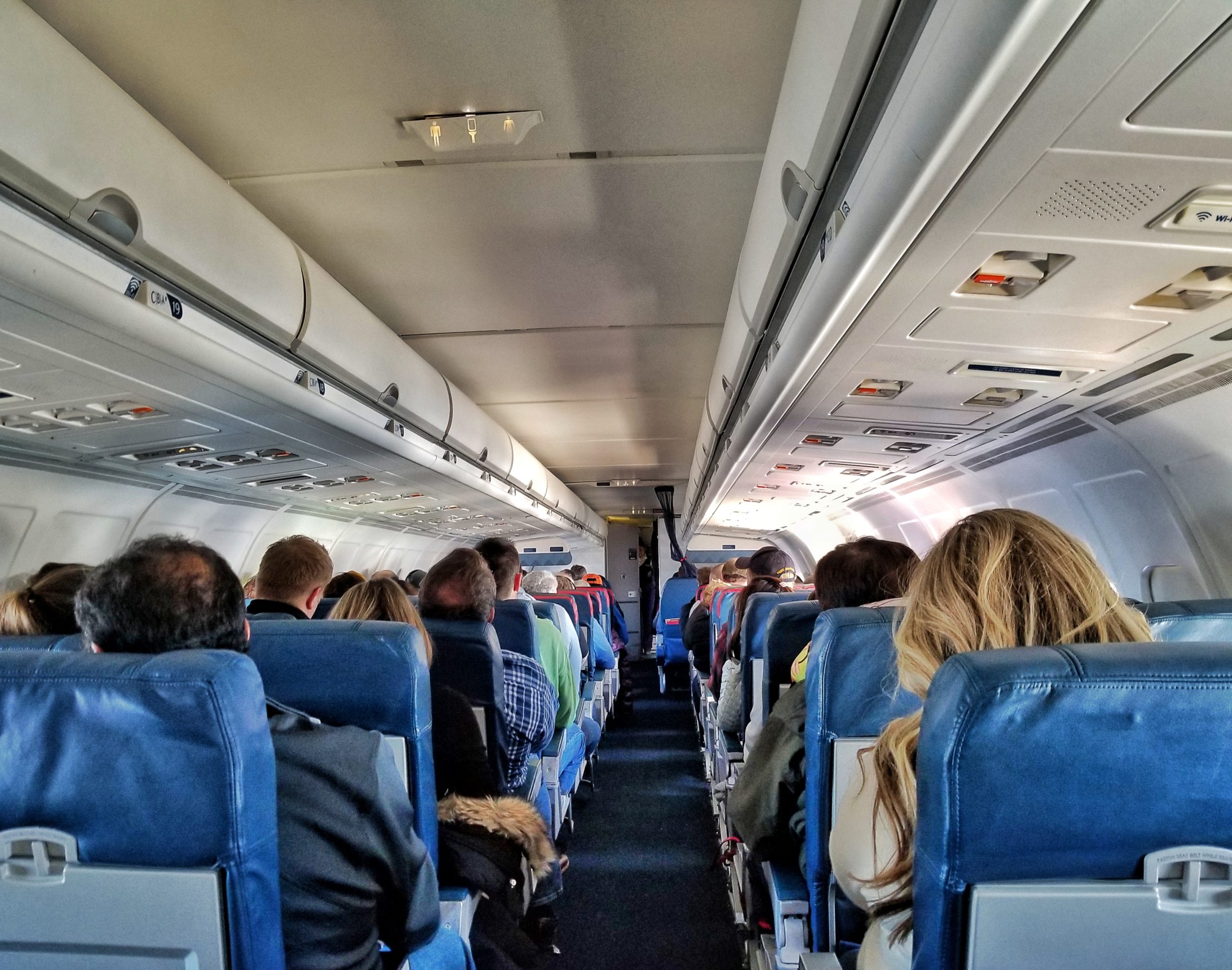Since December 2019, the world has been closely monitoring the respiratory disease caused by a coronavirus, which was first detected in Wuhan City, Hubei Province, China. To date, the number of cases has surpassed those from the deadly 2003 SARS outbreak and uncertainty about safety has started to affect travel. At last count, the virus has infected close to 90.000 people in every continent except Antarctica, with reports of 3,000+ fatalities. The Center for Disease Control keeps tabs on reported cases.
According to my research, viruses generally have the potential to live on hard, non-porous (water resistant) surfaces such as stainless steel, metal and plastic longer than they survive on soft surfaces like fabrics and tissues. But they all prefer to live on humans, so heavily trafficked spaces like airports and planes are potential hotbeds for infection.
So, what can you do to minimize the risk of contracting a virus on your next flight?
Be vigilant about good hand hygiene
One of the best ways to protect yourself from getting sick is to avoid touching your eyes, nose and mouth with unclean hands. To combat that, it’s best to wash them with soap and water regularly (and vigorously) for at least 20 seconds. Remember, every public surface you touch like bathroom doors, elevator buttons, escalator handrails or other random surfaces has the potential to harbor germs.
Carry hand sanitizers or wipes with you… and use them
Respiratory illnesses, like the coronavirus, generally spread when we come into contact with an infected persons’ saliva or mucus, which can fall onto nearby surfaces. That’s why it helps to clean your airplane seat, seat belt, touch screens and tray tables with wipes as soon as you enter the aircraft. The US Center for Disease Control (CDC) recommends at least 60 percent alcohol concentration to maximize effectiveness.
Keep the air vents above you open
During flight, the air you’re breathing can be anywhere from two to five rows surrounding your seat, so keep your vents open to create an invisible air barrier around you, even if you angle them slightly away from your face. Many airborne viruses are spread by tiny nuclei that can hang in the air for up to five hours, and your overhead air vent helps push them to the ground.
Sit near a window
A study published in 2018 by The FlyHealthy Research Team across 10 airlines concluded that “there is low probability of direct transmission to passengers not seated in close proximity to an infectious passenger.” That means, unless the infected person is right next to you, the safest place to sit on an airplane in order to avoid contracting a virus is the window seat. Human movement and contact up and down the aisle is more likely to spread germs than recirculated air.
Use a saline nasal spray
Dry air, like the type experienced on airplanes, makes it harder for your mucus membranes to do their job of clearing out irritants and particles. As a result, using a saline nasal spray before and during your flight can help overcome a dry nose and improve your resistance to infection.
Stock up on Vitamin C
Vitamin C boosts your immunity system by helping white blood cells fight illness-causing viruses and bacteria more effectively, supporting your adrenals when you’re feeling stressed, and strengthening your skin’s defense system. So whether you prefer to take it in pill, edible or liquid format, pack some Vitamin C in your purse or hand luggage for use on your next flight.
Bring Your Own Stuff
Thankfully, the days of using blankets provided by airlines are mostly over because you can never quite be sure they are being washed before being repackaged and reused. Just play it safe and take your own. And while we’re on this subject, let’s minimize the germs transmission factor by bringing your own pillows and headphones too, please.
Keep a mask handy
The jury is out on how effective face masks really are at minimizing the risk of contracting a virus, especially if it doesn’t fit you properly, but I always feel better covering my face if I’m sitting next to someone who is coughing and sneezing. While masks may not block airborne germs completely, they can prevent you from transferring germs from your hands to your mouth or nose.
Do you have any other tips on how to minimize the risk of contracting a virus?
This link also has additional suggestions on how to avoid getting sick while on vacation.


